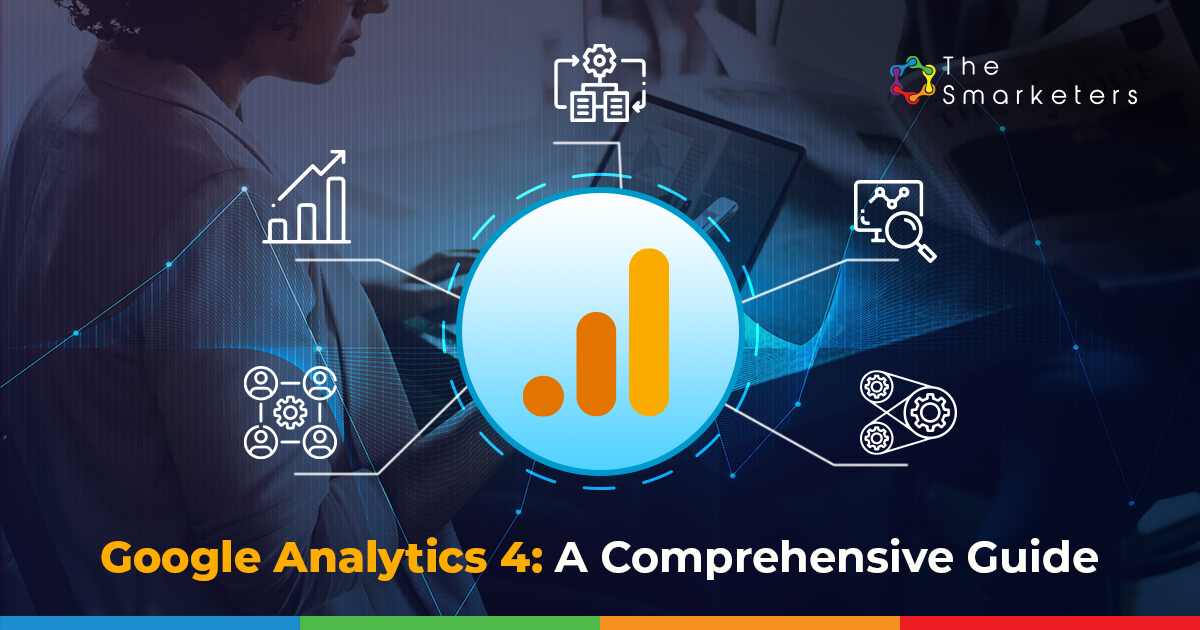What is a "Dimension" in Google Analytics? Learn How It Shapes Your Information
What is a "Dimension" in Google Analytics? Learn How It Shapes Your Information
Blog Article
Transform Your Data Analysis With Specialist Tips on Google Analytics Dimensions
Enhancing your information analysis abilities via Google Analytics dimensions can be a game-changer in decoding the intricacies of individual interactions and on the internet website traffic. By tactically leveraging these dimensions, you can obtain valuable understandings that pave the way for educated decision-making. The elaborate internet of information factors waiting to be discovered holds the essential to opening a treasure of info that could reinvent your understanding of digital performance. Via expert ideas and techniques in taking advantage of Google Analytics measurements, a globe of untapped possible beckons, assuring a deeper understanding of your on the internet ecosystem.
Recognizing Google Analytics Capacities
Google Analytics Measurements play an essential role in supplying valuable insights into the performance of a site or online platform. Measurements are characteristics of information that enable you to segment and arrange your analytics information. They provide context to the metrics being examined, supplying a deeper understanding of customer habits, traffic sources, and other key efficiency signs. By making use of dimensions properly, organizations can customize their techniques to meet the needs and assumptions of their target market.
Dimensions categorize data into various teams, such as traffic resources, user demographics, habits, and innovation utilized. This segmentation allows businesses to determine patterns, patterns, and opportunities for optimization. Comprehending the various measurements readily available in Google Analytics is essential for analyzing data precisely and making notified decisions to enhance internet site performance and individual experience.
Choosing the Right Capacities
Picking the ideal dimensions in your Google Analytics configuration is a critical element in properly assessing and translating information. Measurements in Google Analytics refer to the qualities of your information, such as resource, tool, device kind, or geographical area. When selecting dimensions, consider what specific understandings you aim to gain from your data analysis.

It is important to pick dimensions that line up with your business purposes and the concerns you look for to respond to. By picking the appropriate measurements, you can improve the deepness and precision of your information evaluation, bring about even more enlightened decision-making and workable insights.
Using Personalized Capacities Successfully
When aiming to dive much deeper right into particular information factors beyond the common measurements offered by default in Google Analytics, using personalized dimensions can supply a tailored technique to tracking and assessing one-of-a-kind metrics. Customized dimensions enable you to define and collect data that matters most to your service, supplying a much more detailed view of user interactions and behaviors on your website. By creating custom-made measurements, you can segment and assess data based on parameters details to your service goals, such as consumer demographics, content communications, or advertising and marketing campaign efficiency. This degree of customization allows you to gain understandings that standard measurements may not catch, resulting in even more enlightened decision-making processes and targeted optimization strategies. To successfully utilize custom measurements, it is vital to strategy and execute them attentively, ensuring they line up with your information and goals evaluation requires. Regularly reviewing and fine-tuning your custom measurements based upon transforming company requirements is essential to making best use of the value they give your Google Analytics data analysis initiatives.

Advanced Techniques for Dimension Evaluation
For in-depth information analysis and obtaining useful insights from your Google Analytics reports, understanding innovative methods for measurement evaluation is important. Advanced techniques for measurement analysis involve diving deeper into the data to reveal even more in-depth insights.
One more sophisticated technique is utilizing custom-made visit site records to evaluate measurements across various metrics. This enables you to contrast and contrast how certain measurements effect numerous facets of your site performance. Furthermore, leveraging the power of secondary dimensions can give additional context to main measurements, providing an extra detailed sight of your information.

Improving Data Visualization With Dimensions
To enhance the understanding and analysis of information gathered through Google Analytics, improving information visualization with measurements is a strategic method. Dimensions in Google Analytics offer descriptive features of information, enabling customers to sector and organize info for more clear insights.
Improving information visualization with dimensions not only simplifies the presentation of data yet additionally help in making notified choices based upon the evaluation. Aesthetic representations provide a instinctive and fast means to understand key metrics and efficiency indications, facilitating interaction and cooperation within an organization. By integrating dimensions into information visualization methods, companies can open the complete possibility of their Google Analytics data and drive data-informed methods for growth and optimization.
Verdict
To conclude, understanding Google Analytics dimensions is important for improving and opening important understandings decision-making. By meticulously choosing measurements lined up with essential performance indications, making use of customized dimensions properly, and using advanced methods such as segmentation and secondary measurements, you can reveal patterns in user actions and website traffic from this source sources. Improving data visualization with clear representations of findings will even more assist in translating intricate data and driving effective growth strategies.
When aiming to delve deeper into specific information points beyond the conventional dimensions offered by default in Google Analytics, utilizing customized measurements can supply a customized strategy to tracking and assessing unique metrics. Additionally, leveraging the power of second measurements can supply added context to main measurements, offering a more comprehensive view of your information.
To improve the understanding and interpretation of data collected through Google Analytics, enhancing data visualization with measurements is a critical approach (what is a “dimension” in google analytics?). By including dimensions right into data visualization strategies, companies can unlock the full potential of their Google Analytics information and drive data-informed techniques for growth and optimization
By very carefully selecting measurements straightened with vital efficiency signs, using customized dimensions efficiently, and applying sophisticated methods such as segmentation and second dimensions, you can reveal patterns in customer habits and website traffic sources.
Report this page